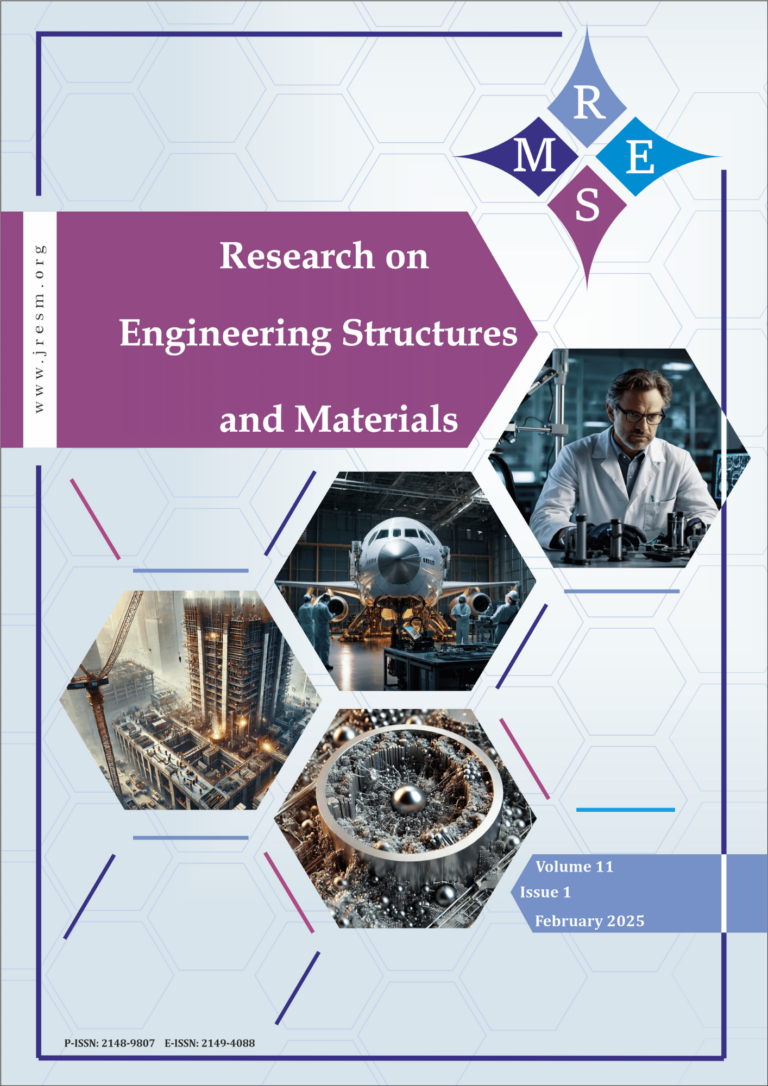This research explores the testing of M40 grade concrete results under various exposure scenarios. The characteristics of concrete are investigated at the plastic and hardening stages. The characteristics of concrete at both stages vary depending on the exposure circumstances. The rheological qualities of the concrete as well as its strength characteristics under various exposure situations are investigated. It has been noted that as exposure conditions deteriorate, cement content gradually rises while W/C and water content decrease. This research is more beneficial for predicting the diverse properties of concrete under various exposure conditions. This will also aid in reducing losses incurred during construction and structural decay. During the investigation, the correlation matrix and Principal Component Analysis (PCA) are used to evaluate the interrelationship of the experimental variables, which yields more accurate results and predictions of the various characteristics of concrete. A Multivariate Linear Regression (MLR) model developed for the prediction of concrete qualities in the plastic and hardens stages. The MLR model found to be best matched to experimental data, and its forecast is correct. The Response Surface Method (RSM) used to find the optimal properties of the concrete in all types of exposure scenarios.
